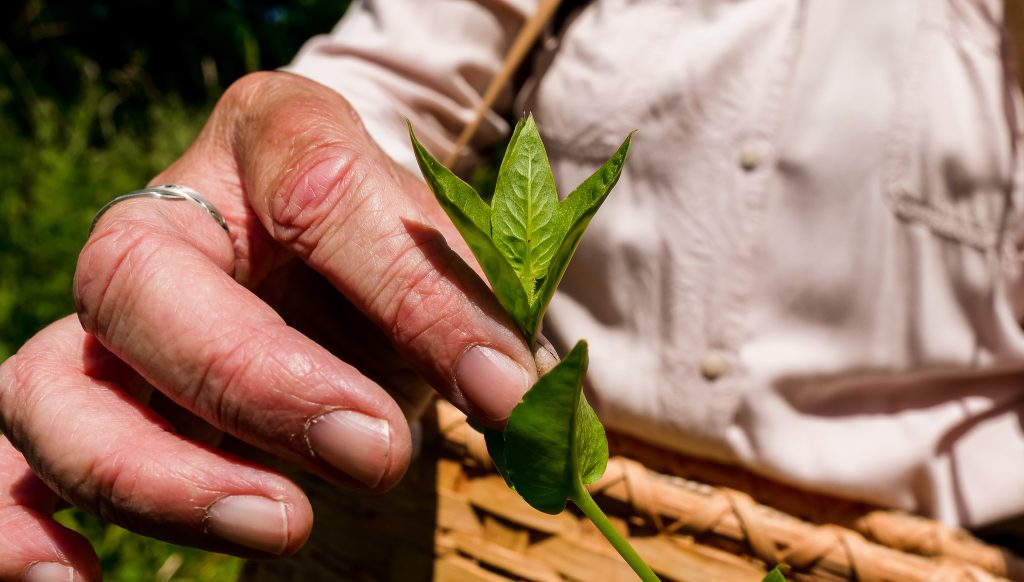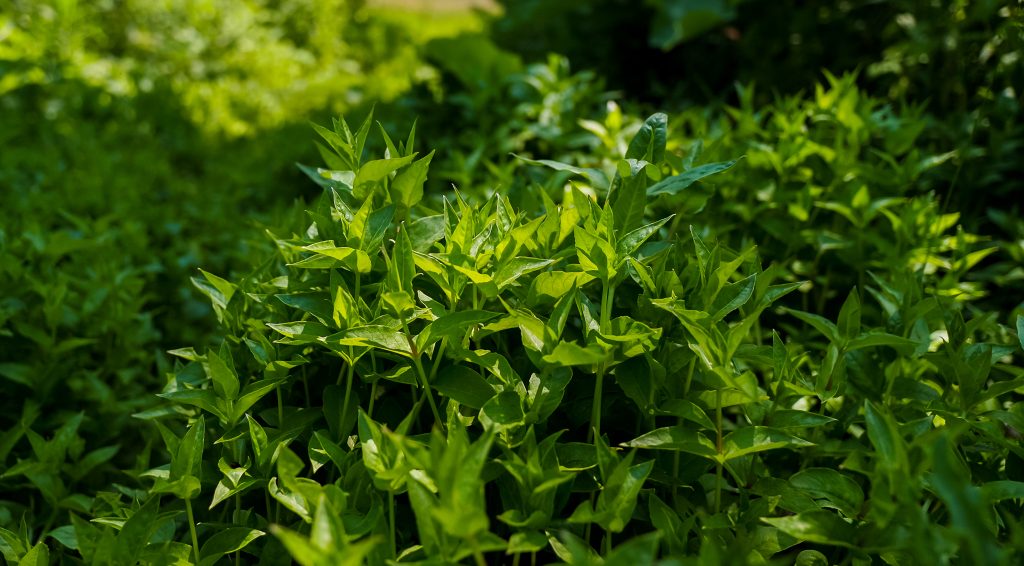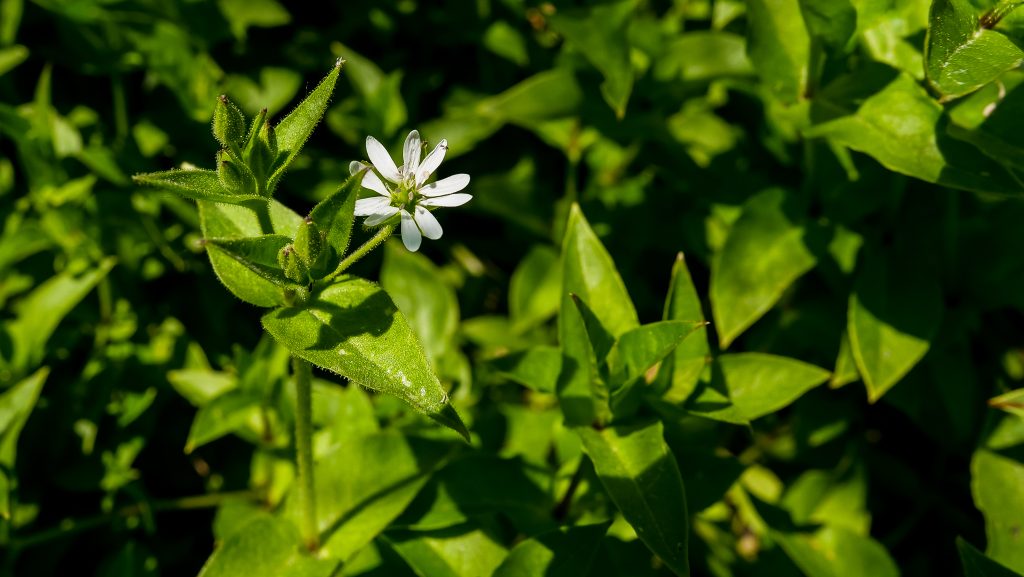Chickweed: Materia Medica
Chickweed
Botanical name: Stellaria media
Pertinent Information on the Plant
- Skin irritations
- Eye inflammation (poultice for Glaucoma inflammation)
- Mild diuretic (increases urine flow)
- Kidney disorders
- Vulneraries
- Anti-microbials (destructive to microbes)
- Anti inflammatory
- Demulcent (soothing action on inflammation, especially of mucous membranes)
- Emollient (softens and soothes the skin)
- Anti rheumatic
- Alterative (blood purifier)
- Antipyretics (reduce or prevent fevers)
- Expectorant (facilitates removal of secretions)
- Antitussive (controlling or preventing cough)
- Psoriasis
- Eczema
- Acne
- Can be used as an ointment (combines especially well with marshmallow)
- Cuts and wounds
- Lungs
- Stomach
- Nutritive (rich in vitamins and minerals; a source of easily assimilated nutrients)
- High in calcium, potassium and iron
- Urinary tract infections
- Curbs obesity
Habitat and Growing area
- Native to Eurasia, especially anywhere moist cultivate soil
- Naturalized in North America
Extra Notes
- Chickweed is a remedy to use in times of transition. It supports a person in the first stages of grief, helping to assimilate a situation that is unexpected or where the circumstances are unforeseen. It is gentle and unassuming, yet surprisingly strong and insistent.
(Photos of Giant Chickweed)


Reference Books:
Holistic Herbal, by David Hoffmann
Pages: 77-79, 138, 145, 160, 177, 191, 242
The Way of Herbs, by Michael Tierra
Pages: 13, 33, 34, 35, 118, 119
The Complete Encyclopedia of Herbs, by Nico Vermeulen
Page: 299
Family Herbal, by Rosemary Gladstar
Pages: 19, 55, 100, 102, 103, 105, 227, 284, 303, 323
Peterson Field Guide: Easter/Central Medicinal Plants and Herbs, by Steven Foster and James A. Duke
Pages: 48, 49


